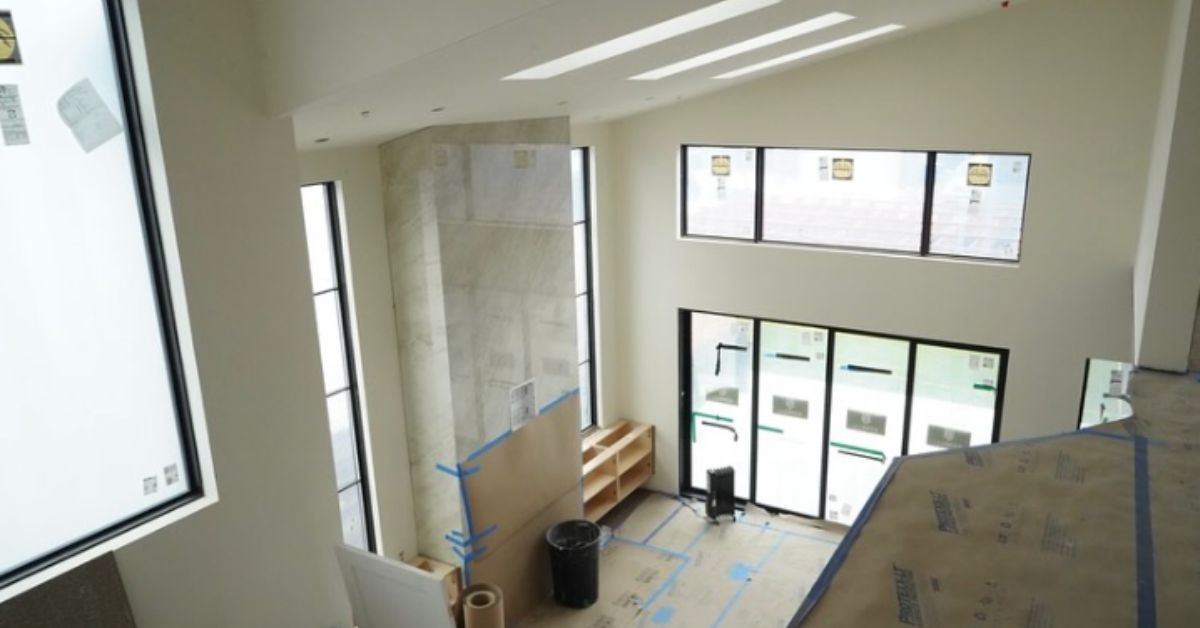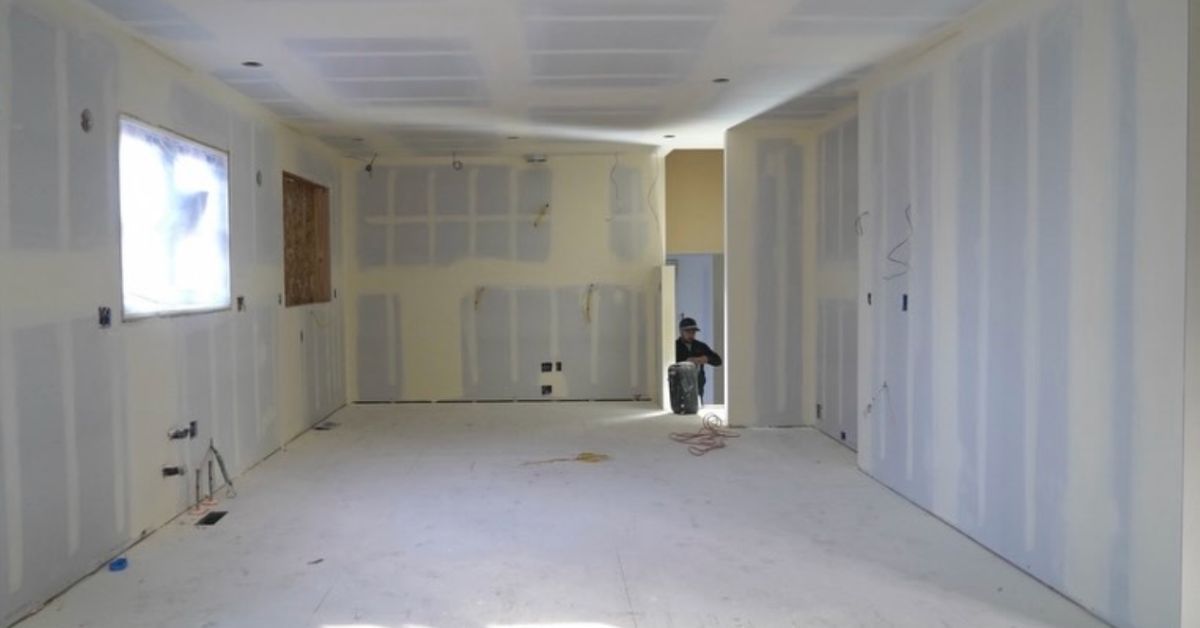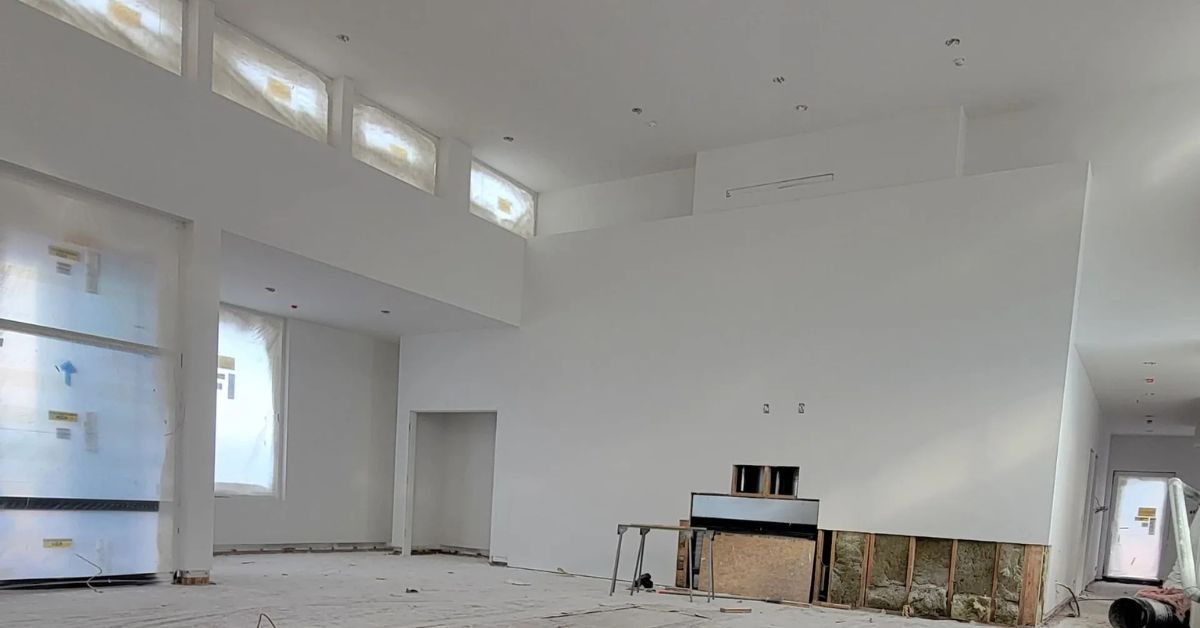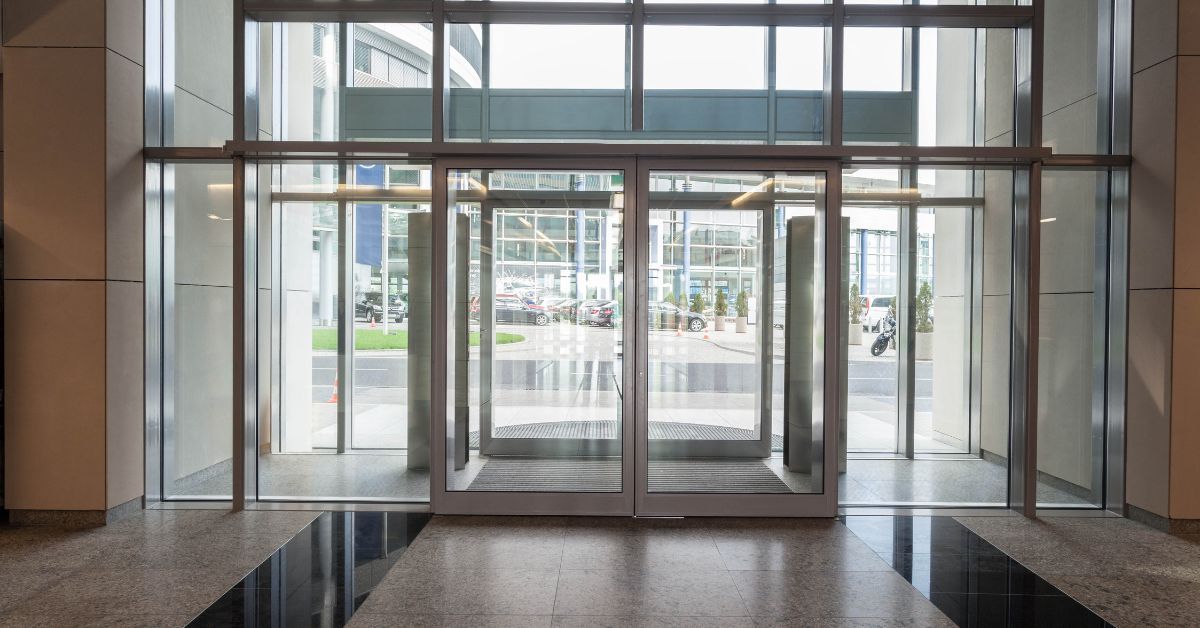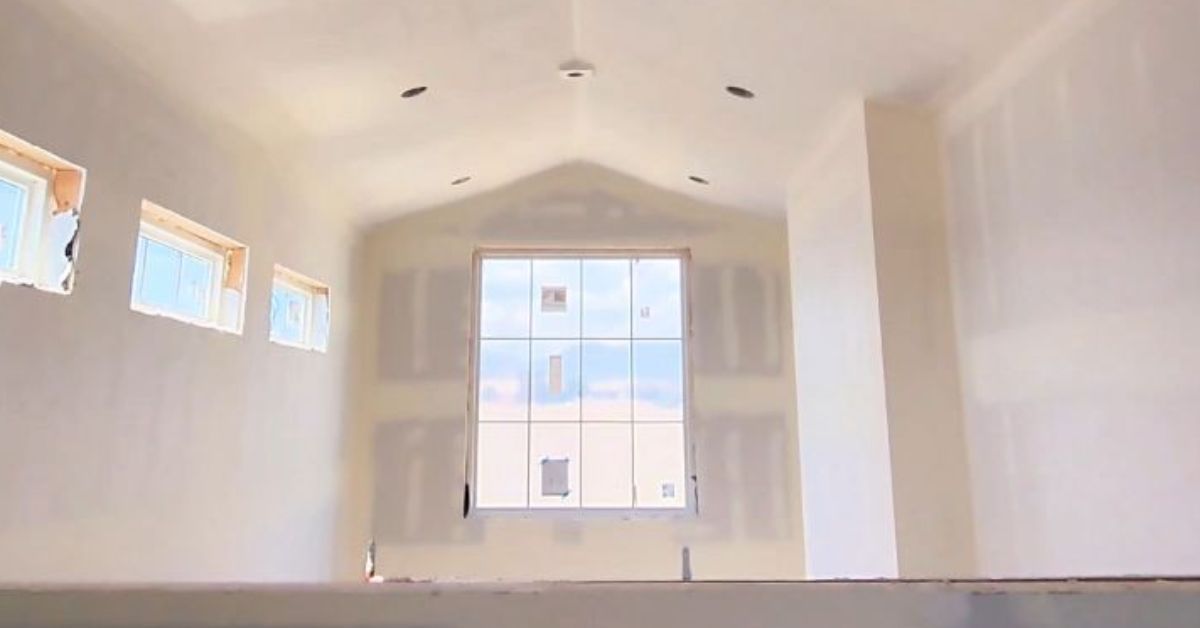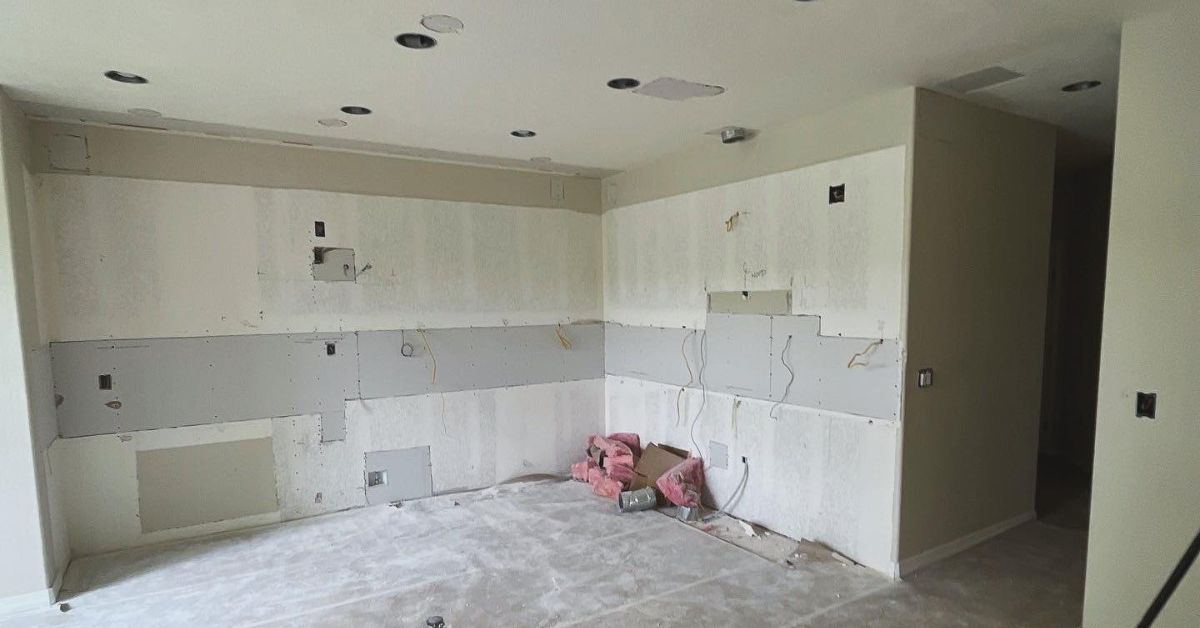How To Avoid the Most Common Causes of Drywall Damage
Drywall is a reliable and versatile material commonly used in homes and commercial spaces alike. While it is durable, it’s not indestructible, and damage can occur if you don’t take proper care. Fortunately, many of the typical causes of drywall damage are avoidable with some precautions. If you want to avoid the most common causes of drywall damage and extend the life of your drywall, here’s how.
Install Corner Guards
Corners are some of the most vulnerable areas of drywall because they are constantly exposed to wear and tear. Everyday bumps from furniture, bags, or vacuum cleaners can cause cracks, dents, or chips that are hard to repair. Installing corner guards provides an extra layer of protection, keeping these sensitive areas safe from impact. They are available in various materials like plastic, metal, or rubber and can add a subtle decorative touch while prolonging the life of your walls.
Use Wall Anchors for Heavy Items
Hanging heavy objects like mirrors, TVs, or large decorations directly on drywall can lead to disaster. Standard screws and nails may not provide enough support, which can cause the drywall to crack, crumble, or give way. Use wall anchors to distribute the weight more evenly. This will create a stronger hold and reduce the risk of damage to the wall. Whether you’re hanging shelves or artwork, using the correct type of wall anchor for the weight is essential to maintain the integrity of your drywall.
Avoid Overloading Shelves and Wall-Mounted Fixtures
Shelves, cabinets, and other wall-mounted fixtures can hold a specific weight limit, which you should never exceed. Overloading them can pull screws or anchors out of the drywall, damaging not only the fixture but also the surrounding wall. It’s important to read and follow the manufacturer’s weight recommendations for both the shelves and the hardware used to mount them. If you’re unsure, consider reinforcing the structure with additional anchors or supports to prevent damage.
Control Indoor Humidity Levels
Excess moisture is one of the biggest threats to drywall. High humidity can weaken the material, causing it to warp, sag, or even develop mold over time. Humidity is especially common in basements, bathrooms, kitchens, and laundry rooms.
Use a dehumidifier in these spaces, or ensure proper ventilation by installing exhaust fans or opening windows. Regularly inspect these areas for signs of moisture, such as discoloration or a musty smell, and address any issues immediately to prevent damage.
Repair Small Damage Promptly
Small issues, like nail pops, minor dents, or tiny holes, might seem insignificant at first, but they can quickly escalate if left untreated. For instance, a small crack near a corner could spread over time, weakening the surrounding drywall. Address these problems early by filling holes with spackle, smoothing out dents with a drywall knife, and sanding down rough spots. Prompt repairs will prevent further structural deterioration and keep your walls looking their best for years.

Address Plumbing Leaks Immediately
Few things are as damaging to drywall as hidden plumbing leaks. Water can seep behind walls or ceilings, causing stains, bubbling paint, sagging drywall, and mold growth. If you notice signs of water damage, such as discoloration or a damp smell, investigate the source immediately. Repairing plumbing issues promptly can save you from expensive drywall repairs and prevent further complications like structural damage or health hazards from mold.
Teach Kids About Wall Safety
Kids can be rough on walls, whether it’s through accidental bumps, toy-throwing, or indoor sports. These activities often lead to dents, scratches, or holes in drywall. To minimize avoidable damage, teach your kids to be mindful of how they interact with walls. Encourage them to keep toys away from walls and avoid using sports equipment indoors. Setting boundaries for playtime can protect your drywall and create a safer environment for your home.
Use the Right Cleaning Tools
Cleaning your walls improperly can lead to unnecessary damage. Abrasive scrubbing tools or harsh cleaning products can strip paint, scratch the surface, or even damage the drywall underneath. Instead, use a soft microfiber cloth or sponge and a gentle cleaning solution to remove smudges, dirt, or fingerprints. Cleaning carefully will preserve your walls’ finish and prevent unnecessary wear or damage.
Check for Termite Activity
Termites can be a serious threat to drywall, as they often eat through the paper covering, leaving behind visible damage and weakening the structure. Regularly inspect areas prone to termite activity, such as basements, attics, or spaces near wooden furniture. Look for signs like tiny holes, crumbling drywall, and discarded wings. If you suspect an infestation, address the problem right away by consulting a pest control professional to prevent major damage.

Be Careful When Moving Furniture
Scraping against and bumping into walls while moving furniture are common causes of drywall damage. Scratches, dents, and holes can come from careless movement of heavy items. To avoid this, use furniture sliders or lifting straps when moving large pieces, and take your time to navigate tight spaces. Adding foam or rubber padding to furniture corners can also minimize accidental impact.
Choose the Right Paint
Using high-quality paint does more than just improve the look of your walls—it adds a layer of protection to your drywall. Some paints include built-in sealants that reduce moisture absorption and protect against wear and tear over time. Additionally, durable, washable paints make it easier to clean walls without damaging the surface.
Avoid Using Tape on Walls
Adhesive materials like tape can damage your walls or leave a sticky residue that’s hard to remove. If you need to hang temporary decorations or notes, opt for adhesive strips designed for easy removal without harming the wall. These products are a safer alternative and will keep your drywall looking fresh even after multiple uses.
Inspect Ventilation Systems
Proper ventilation is critical for maintaining healthy drywall. Poor ventilation in areas like kitchens, bathrooms, and laundry rooms allows moisture to accumulate, which can lead to warping, sagging, or mold. Cleaning out blockages in your ventilation system or upgrading outdated systems can go a long way in protecting your drywall from moisture-related issues.
Avoiding the most common causes of drywall damage is easier than you think. When you take steps like controlling humidity, using protective fixtures, and addressing repairs promptly, you can keep your walls looking great for years to come. With a little effort, you’ll avoid the most common causes of drywall damage. Rival Drywall can help with our quality drywall services. Rely on us for drywall installation and maintenance!

